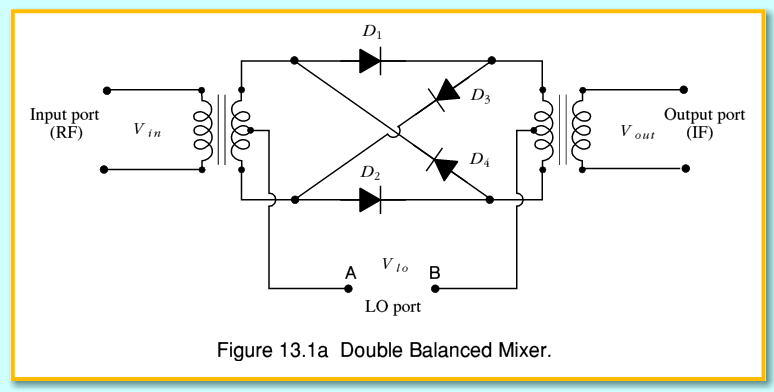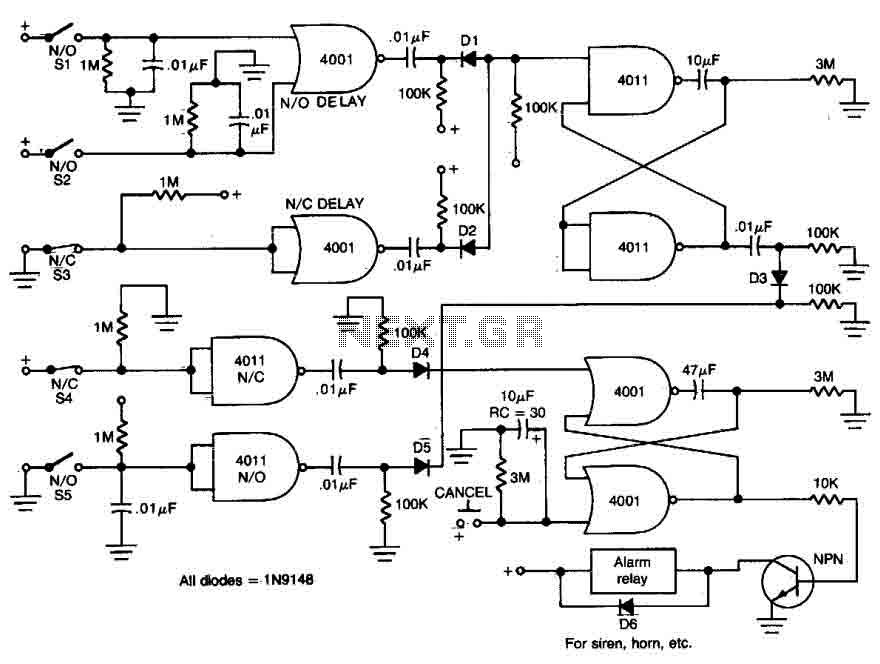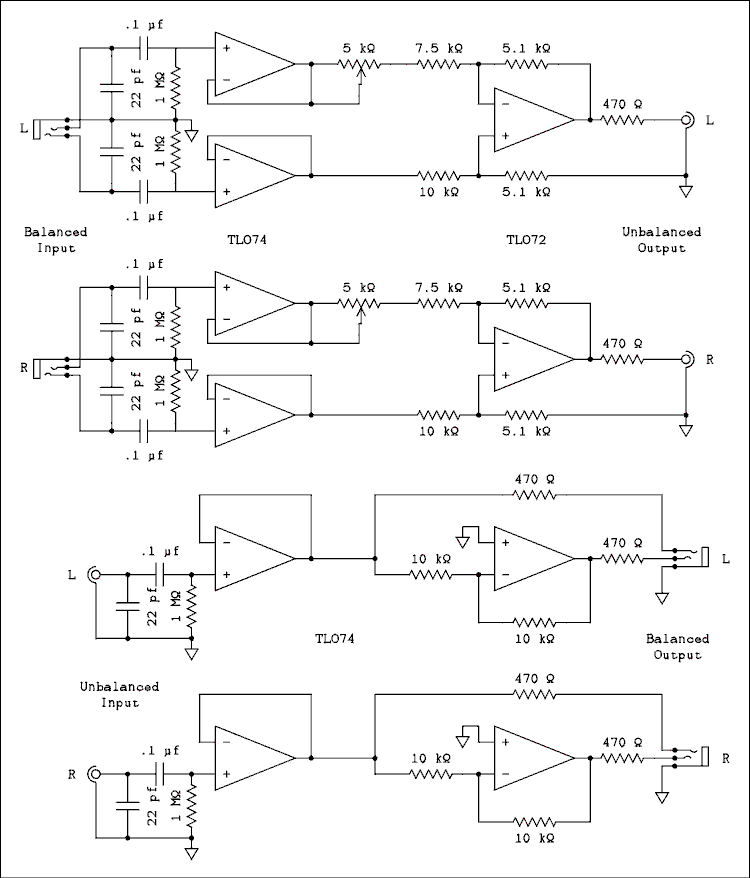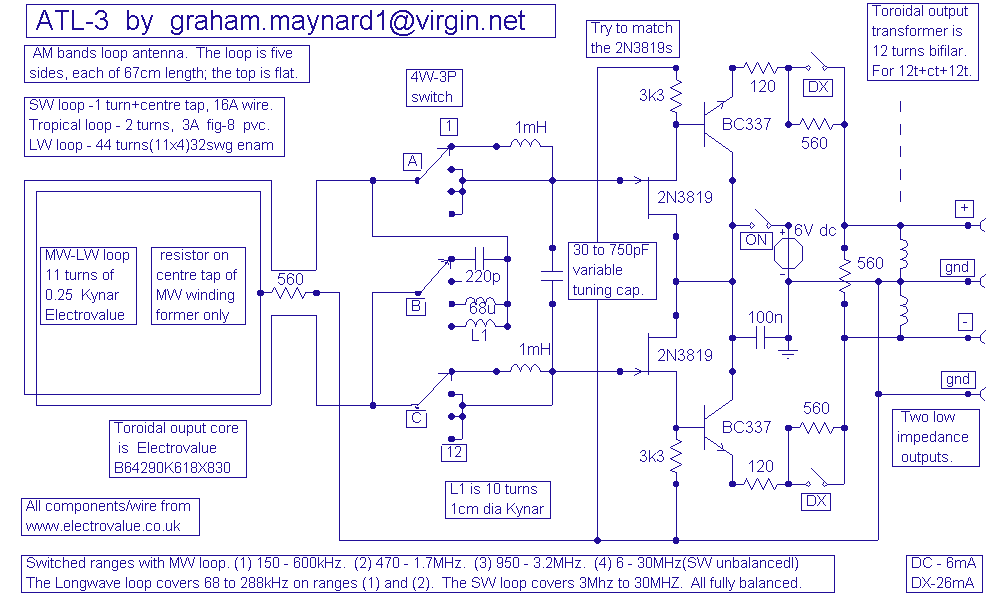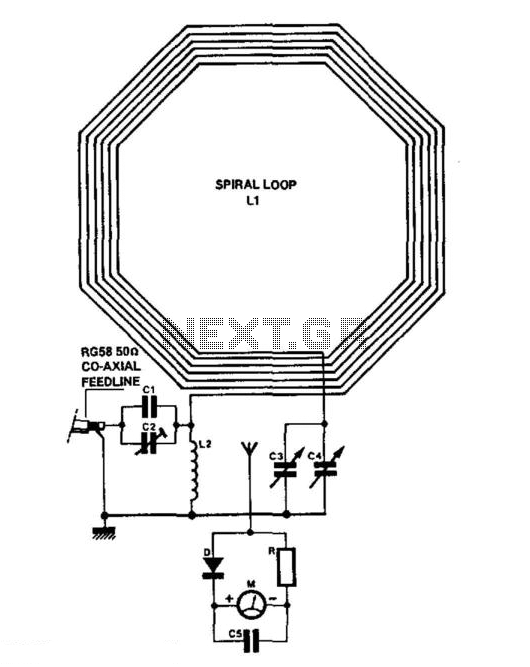
loop antennas
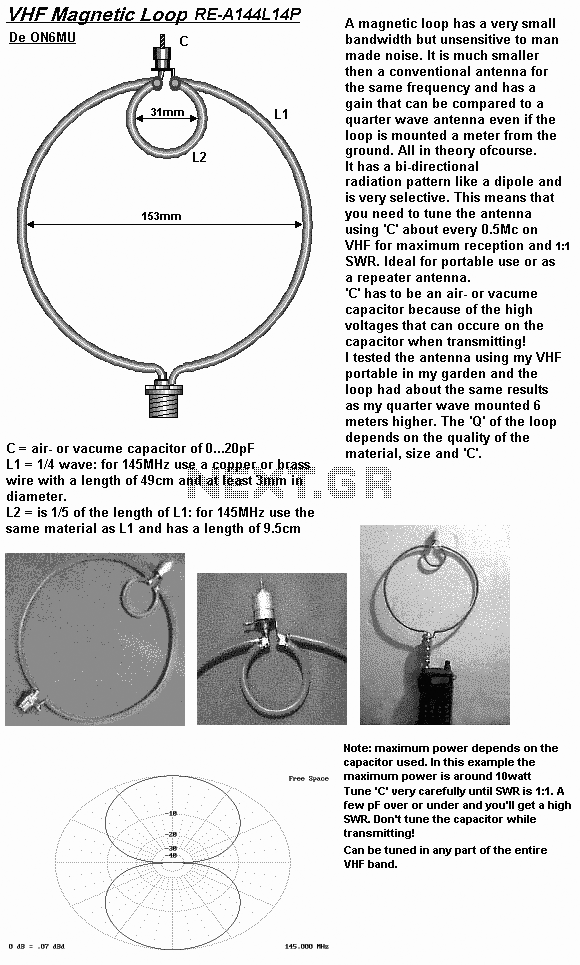
A loop antenna is a radio antenna made up of a loop (or loops) of wire, tubing, or other electrical conductor with its ends connected to a balanced transmission line. This design includes two distinct types of antennas: the small loop (or magnetic loop), which is significantly smaller than a wavelength, and the resonant loop antenna, which has a circumference approximately equal to the wavelength. Self-resonant loop antennas are larger and are typically used at higher frequencies, particularly VHF and UHF, where their size is manageable. They can be considered a form of folded dipole and exhibit similar characteristics. The radiation efficiency of self-resonant loops is high and comparable to that of dipoles. In contrast, small loops have lower efficiency and are primarily used as receiving antennas at lower frequencies. Most AM broadcast receivers, with the exception of car radios, incorporate such antennas either internally or directly attached. Additionally, these antennas are utilized for radio direction finding. As frequency or size increases, a standing wave develops in the current, causing the antenna to exhibit characteristics akin to those of a folded dipole antenna or a self-resonant loop. A technically small loop, or magnetic loop, should have a circumference of one-tenth of a wavelength or less to ensure a consistent current distribution around the loop. The larger or self-resonant loop antenna resembles a folded dipole reconfigured into a circle (or square, etc.). This loop has a circumference approximately equal to one wavelength, although it can also resonate at odd multiples of a wavelength. Compared to dipole or folded dipole antennas, it transmits less energy toward the sky or ground, resulting in a slightly higher gain (about 10% higher) in the horizontal direction.
Loop antennas are versatile and effective for various applications in radio frequency communication. The small loop antenna, due to its compact size, is particularly advantageous for portable operations and situations where space is limited. Its design allows for easy integration into various devices, making it a popular choice in low-frequency applications. The magnetic loop's ability to operate efficiently at lower frequencies while maintaining a manageable size is a significant benefit for amateur radio enthusiasts and professionals alike.
The resonant loop antenna, on the other hand, is more suited for higher frequency applications. Its design, which allows for a circumference close to one wavelength, enables it to achieve resonance at specific frequencies, thereby enhancing its performance. This type of antenna is often employed in applications where higher gain and directivity are desired, such as in VHF and UHF communication systems.
In both cases, the loop antenna's ability to radiate energy effectively while minimizing unwanted radiation patterns makes it an essential component in modern radio systems. The design considerations, such as the choice of materials for the loop and the configuration of the transmission line, play a critical role in optimizing performance. Overall, loop antennas serve as a fundamental technology in the field of radio communications, providing reliable and efficient solutions for a variety of applications.A loop antenna is a radio antenna consisting of a loop (or loops) of wire, tubing, or other electrical conductor with its ends connected to a balanced transmission line. Within this physical description there are two very distinct antenna designs: the small loop (or magnetic loop) with a size much smaller than a wavelength, and the resonant loop a
ntenna with a circumference approximately equal to the wavelength. Self-resonant loop antennas are larger. They are typically used at higher frequencies, especially VHF and UHF, where their size is manageable. They can be viewed as a form of folded dipole and have somewhat similar characteristics. The radiation efficiency is also high and similar to that of a dipole. Small loops have a poor efficiency and are mainly used as receiving antennas at low frequencies. Except for car radios, almost every AM broadcast receiver sold has such an antenna built inside of it or directly attached to it.
These antennas are also used for radio direction finding. As the frequency or the size are increased, a standing wave starts to develop in the current, and the antenna starts to have some of the characteristics of a folded dipole antenna or a self-resonant loop. A technically small loop, also known as a magnetic loop, should have a circumference of one tenth of a wavelength or less.
This is necessary to ensure a constant current distribution round the loop. The large or self-resonant loop antenna can be seen as a folded dipole which has been reformed into a circle (or square, etc. ). This loop has a circumference approximately equal to one wavelength (however it will also be resonant at odd multiples of a wavelength).
Compared to the dipole or folded dipole, it transmits less toward the sky or ground, giving it a somewhat higher gain (about 10% higher) in the horizontal direction. 🔗 External reference
Loop antennas are versatile and effective for various applications in radio frequency communication. The small loop antenna, due to its compact size, is particularly advantageous for portable operations and situations where space is limited. Its design allows for easy integration into various devices, making it a popular choice in low-frequency applications. The magnetic loop's ability to operate efficiently at lower frequencies while maintaining a manageable size is a significant benefit for amateur radio enthusiasts and professionals alike.
The resonant loop antenna, on the other hand, is more suited for higher frequency applications. Its design, which allows for a circumference close to one wavelength, enables it to achieve resonance at specific frequencies, thereby enhancing its performance. This type of antenna is often employed in applications where higher gain and directivity are desired, such as in VHF and UHF communication systems.
In both cases, the loop antenna's ability to radiate energy effectively while minimizing unwanted radiation patterns makes it an essential component in modern radio systems. The design considerations, such as the choice of materials for the loop and the configuration of the transmission line, play a critical role in optimizing performance. Overall, loop antennas serve as a fundamental technology in the field of radio communications, providing reliable and efficient solutions for a variety of applications.A loop antenna is a radio antenna consisting of a loop (or loops) of wire, tubing, or other electrical conductor with its ends connected to a balanced transmission line. Within this physical description there are two very distinct antenna designs: the small loop (or magnetic loop) with a size much smaller than a wavelength, and the resonant loop a
ntenna with a circumference approximately equal to the wavelength. Self-resonant loop antennas are larger. They are typically used at higher frequencies, especially VHF and UHF, where their size is manageable. They can be viewed as a form of folded dipole and have somewhat similar characteristics. The radiation efficiency is also high and similar to that of a dipole. Small loops have a poor efficiency and are mainly used as receiving antennas at low frequencies. Except for car radios, almost every AM broadcast receiver sold has such an antenna built inside of it or directly attached to it.
These antennas are also used for radio direction finding. As the frequency or the size are increased, a standing wave starts to develop in the current, and the antenna starts to have some of the characteristics of a folded dipole antenna or a self-resonant loop. A technically small loop, also known as a magnetic loop, should have a circumference of one tenth of a wavelength or less.
This is necessary to ensure a constant current distribution round the loop. The large or self-resonant loop antenna can be seen as a folded dipole which has been reformed into a circle (or square, etc. ). This loop has a circumference approximately equal to one wavelength (however it will also be resonant at odd multiples of a wavelength).
Compared to the dipole or folded dipole, it transmits less toward the sky or ground, giving it a somewhat higher gain (about 10% higher) in the horizontal direction. 🔗 External reference
